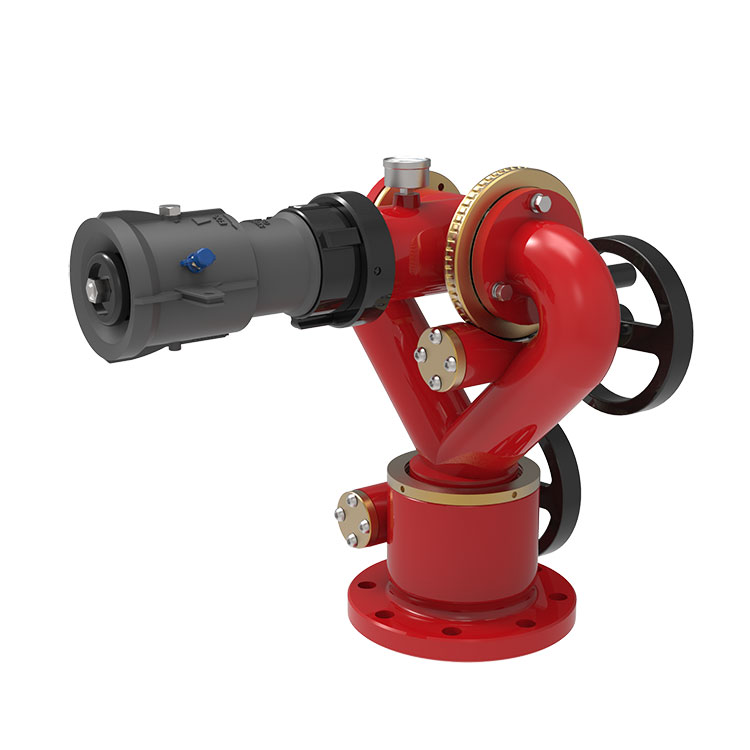Fire Monitor: Powerful Protection for Industrial Firefighting
2025-05-22
A fire monitor, also known as a water cannon or firefighting monitor, is a high-capacity firefighting device designed to deliver large volumes of water or firefighting foam over long distances. Widely used in industrial settings, oil refineries, chemical plants, airports, and fire brigades, fire monitors are essential for controlling large-scale fires that cannot be contained with standard hoses or extinguishers.

What Is a Fire Monitor?
A fire monitor is a movable nozzle system mounted on a fixed base or a vehicle. It can be manually or remotely operated to direct a powerful jet of water or foam toward a fire. These devices can be installed on the ground, on firefighting vehicles, or on buildings for quick deployment during emergencies.
Key Features
High Flow Rate
Fire monitors can discharge anywhere from 500 to 20,000 liters per minute, depending on their design and purpose.
Long Range
They are capable of projecting water or foam up to 100 meters or more, making them ideal for tackling hard-to-reach or large-area fires.
Adjustable Nozzle
Most models come with adjustable spray patterns, from straight stream to wide fog, allowing for effective fire suppression in various scenarios.
360-Degree Rotation
Many monitors feature horizontal and vertical movement, offering wide coverage and precise targeting.
Durable Construction
Typically made of stainless steel, bronze, or aluminum alloys to withstand high pressure, corrosion, and extreme temperatures.
Types of Fire Monitors
1. Manual Fire Monitor
Operated by hand, suitable for fixed installations or smaller operations.
2. Remote-Controlled Fire Monitor
Controlled via a joystick, control panel, or wireless device for use in hazardous or inaccessible locations.
3. Portable Fire Monitor
Lightweight and mobile, ideal for temporary firefighting setups or rapid response.
4. Foam Fire Monitor
Used to discharge firefighting foam, especially effective for flammable liquid fires such as oil and chemical spills.
Applications of Fire Monitors
Petrochemical Plants
Managing fires in fuel storage tanks and pipelines.
Airports
Mounted on airport crash tenders to respond quickly to aircraft fires.
Power Plants
Protecting critical equipment and fuel handling areas.
Warehouses and Factories
Defending against fires involving bulk storage and hazardous materials.
Marine Vessels and Ports
Installed on fireboats or docks for waterfront firefighting.
Advantages of Using Fire Monitors
Rapid Fire Suppression
High-volume discharge quickly cools and extinguishes flames.
Operator Safety
Allows firefighters to control fires from a safer distance.
Versatility
Compatible with both water and foam agents.
Automation Capability
Many systems can be integrated into automated fire protection systems.
Maintenance Tips
Inspect regularly for wear, corrosion, and blockages.
Test rotation and elevation mechanisms for smooth operation.
Ensure nozzles are clean and free of debris.
Perform routine pump and pressure checks.
Lubricate moving parts as recommended by the manufacturer.
Conclusion
A fire monitor is an essential tool in industrial firefighting and emergency response. Its high-capacity discharge, durability, and adaptability make it ideal for combating large and dangerous fires. Whether mounted on a fire truck or fixed on-site, fire monitors play a crucial role in protecting property, infrastructure, and lives.


